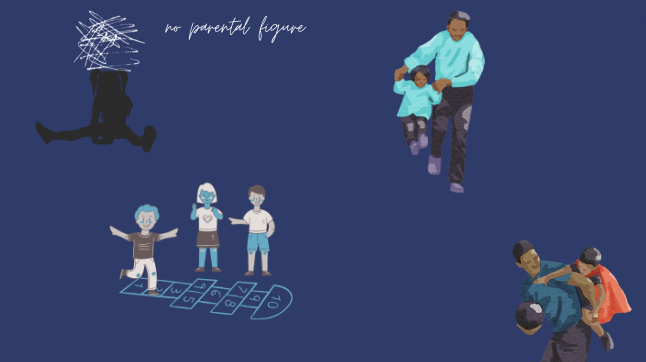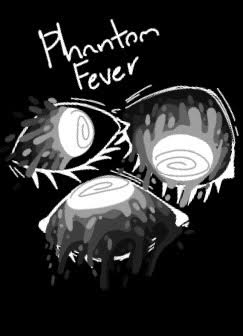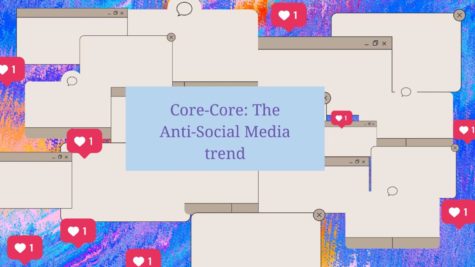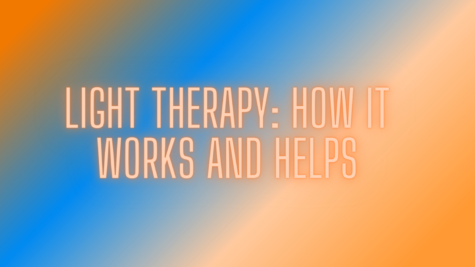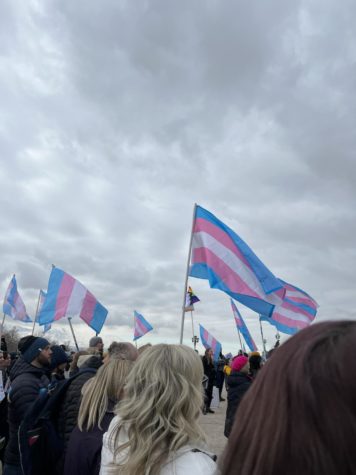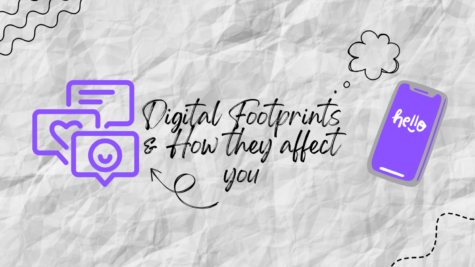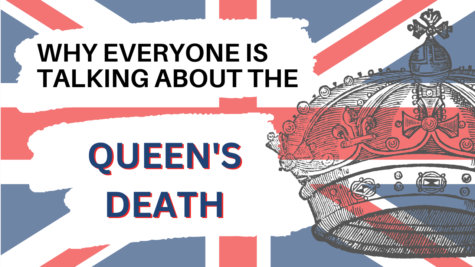Opioids in the United States reach epidemic proportions
May 15, 2018
Opioid prescriptions were doled out like candy during the late 1990s by pharmaceutical companies who assured that this all natural pain reliever was not highly addictive, unlike forms of morphine and codeine. The medical community began prescribing opioids for everything from debilitating chronic illnesses to minor pain relief.
Opioids are a form of pain medication, naturally derived from poppy flowers or created using semi-synthetic substitutes such as hydrocodone, oxycodone and fentanyl, all of which are used to treat severe pain. Common forms of legal opioids include morphine, oxycodone, hydrocodone and codeine, which prescribed by a doctor, should only be taken for a short period of time.
However, the trend of opioid use and addiction has since increased from the 1990s as opioids were proven to be highly addictive, spurring the onslaught of illegal opioids, including heroine and hallucinogens.
Statistically, 80 percent of people who use heroin previously misused prescription opioids, according to a 2013 report by the National Institute of Health.
According to the National Institute on Drug Abuse, more than 115 Americans die from opioid overdose daily.
In April of 2017, President Donald Trump released a statement via the HHS, the governmental department of Health and Health Services, unveiling a plan to combat the illegal opioid epidemic that affects nearly 64,000 people annually according to the Centers for Disease Control and Prevention.
Trump’s plan includes heavy punitive measures for dealing opioids, involving executing drug dealers, and punishing pharmaceutical companies that over prescribe for profit. Trump’s plan largely focuses on mass incarceration rather than treatment and prevention
Nevertheless, opioid dependence is not entirely restricted to illegal use. Oftentimes, children are prescribed opioids when they get their wisdom teeth out, are treated for a sport injury or when they undergo surgery. Nearly 13,052 hospitalizations from 1997 through 2012 were children admitted from prescription opioid poisoning, with an increase of 165% per 100,000 children, according to Julie R. Gaither from the Yale School of Medicine.
Among the nation, Utah ranks seventh in opium overdose deaths. Recent legislature discussed in 2017 has limited the number of days for which an opiate may be prescribed for certain individuals flagged for opioid overuse, in an attempt to lower rates of opium-related deaths.
Campaigns against opioid use have sprung up around Utah, including “Stop Opidemic”, which aims to inform Utah residents that opioid use has reached critical levels.
“Stop Opidemic” is directed towards students to discourage opioid use and encourage those suffering from addiction to seek recovery help and join the fight against opioid use in Utah.

